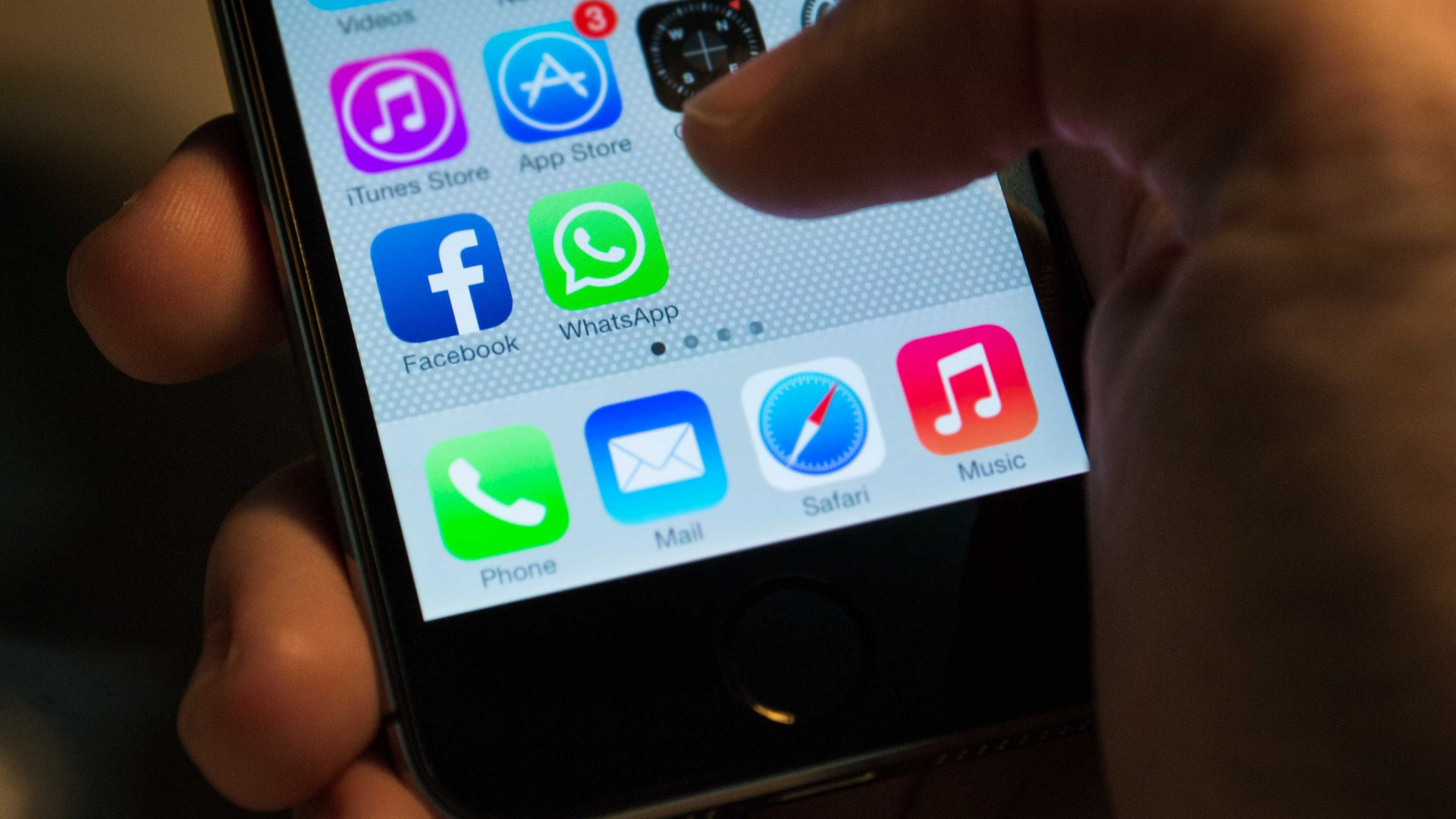DIGITAL LIFE
 These are the 10 'hidden' tricks of the WhatsApp Web
These are the 10 'hidden' tricks of the WhatsApp Web
WhatsApp has two versions for the computer: WhatsApp Web, which you can access through a browser on your computer, and the application. And this chat has several tricks and 'hidden' functions that can facilitate the use of the program on the computer. -Emoji Quick Search
They are part of any chat conversation. We talk about the already famous emojis. And to find them more easily in WhatsApp Web or Desktop, go to the field that allows you to type and put a colon (:) followed by the emoji related term that you want to use.
For example, when you enter ": birthday", all options related to this theme will appear, even before the word finishes being written. You can also navigate between options by using the arrow keys and clicking Enter, TechTudo counts.
See the conversation while hovering with the mouse
Sometimes we receive a message and we want to know what was said, however, without letting whoever sent it know that the content has already been read. Even without disabling read confirmation, in versions of WhatsApp for PC, this is possible by placing the cursor on top of their chat. Without clicking, the application will display the last message sent, while your caller will not know anything. -Drag files to attach
To send an attachment, just drag it and drop it on top of the conversation with the recipient. -Use two accounts
Normally, you can only access one WhatsApp account at a time on the same device. There is, however, a trick to 'circumvent' this limitation on the computer. Open your browser and sign in to WhatsApp Web. Then open a window in anonymous or incognito browser mode and sign in with another account. -Convert emoticons to emojis
Both WhatsApp Web and the desktop program have support for emoticons. The user types and the software converts to the respective emoji. For example, typing ":-D" will automatically display it on the screen. Several popular options are available, such as :-), :-(,: -P, and <3. -Create desktop shortcut
To make it easier to access the WhatsApp Web, you can create a desktop shortcut. So if you are a frequent user, you can go directly to the web app after turning on the computer. -Adjust notifications
By default, WhatsApp Web and Desktop will display notifications every time a conversation is updated. To change them, go to the WhatsApp menu for the three dots at the top of the page, click 'Settings' and then 'Notifications'.
In this section, individually choose whether you want to hear sounds, receive alerts on the desktop, and preview messages. Another alternative is to disable sounds and alerts for a predetermined time - one hour, one day, or one week. -Formatting Text
Just like on the mobile phone, the formatting of messages using modifiers is available for WhatsApp on the computer. To add portions of bold text, put the words between asterisks (for example: * love *). For italics, use underline (_); for scratched text, tilde (~); and for monospaced font, three grave accents (`` `). -Keyboard shortcuts
In the WhatsApp desktop app in both Windows and MacOS, some keyboard shortcuts can make browsing more agile. There are commands for various functions, such as opening a new conversation, creating a group, and switching between chats. On the WhatsApp Web, however, these shortcuts do not work. Check out the full list below, detailed by TechTudo:
Ctrl / Command + N: Start new conversation
Ctrl / Command + Shift + N: Create a group
Ctrl / Command + Shift + /: Switch between conversations
Ctrl / Command + E: Archive conversation
Ctrl / Command + Shift + M: Mute conversation
Ctrl / Command + Shift + U: Mark conversation as unread
Ctrl / Command + Backspace / Delete: Delete conversation
Ctrl / Command + P: Open your profile -Navigate while using Tab
Another tip is to take advantage of WhatsApp Web and Desktop support when navigating the Tab key. The user of the tool can easily move through chat features by clicking Tab and Enter. After starting the software, the first tap selects the search area; then the most current chat; then the emoji button; and then the typing field. Filipa Pereira, de Portugal

No comments:
Post a Comment